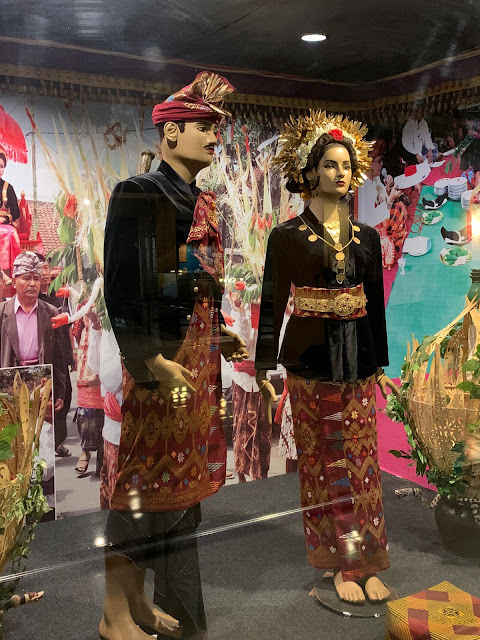CANDI PRAMBANAN (PRAMBANAN TEMPLE)
Menariknya, Candi
Prambanan memiliki keterkaitan yang erat dengan Candi Borobudur walau letaknya
saling berjauhan. Ahli purbakala Belanda, WF Stutterheim, menduga ada
keterlibatan langsung Wangsa Sailendra dalam pembangunan kedua candi tersebut. Meskipun
keduanya berasal dari agama yang berbeda, yaitu Buddha dan Hindu, namun
keduanya memiliki kesamaan dalam hal arsitektur dan desain. Stutterheim
menemukan kesamaan dalam hal desain dan ornamen pada kedua candi tersebut,
seperti penggunaan relief dan arca yang serupa. Stutterheim juga menemukan
bukti-bukti bahwa Wangsa Sailendra memiliki pengaruh yang kuat pada wilayah
Jawa Tengah pada masa itu, sehingga sangat mungkin mereka terlibat dalam
pembangunan kedua candi tersebut. Meskipun belum ada bukti yang pasti mengenai
hubungan langsung antara Candi Borobudur dan Candi Prambanan, namun banyak ahli
purbakala yang sepakat bahwa keduanya memiliki pengaruh yang kuat pada
perkembangan arsitektur candi di Indonesia.
(English Version)
Prambanan
Temple is the largest Hindu temple in Indonesia located in Sleman Yogyakarta
and IT was built in the 9th century by the kings of the Sanjaya dynasty,
especially by Rakai Pikatan. It has the original name 'Siwagrha', which means
House of Shiva in Sanskrit. Prambanan Temple consists of several temples,
including the Shiva Temple, which is the largest Shiva worship building in
Indonesia with a peak that rises to 47 meters. Prambanan Temple is designed to
resemble the peak of Mahameru, the sacred mountain where the gods live
according to ancient Hindu cosmology. Prambanan Temple has hallways decorated
with reliefs that tell the story of the Ramayana. It turns out that Prambanan
Temple was once damaged by an earthquake and has been reconstructed again.
Interestingly,
Prambanan Temple has a close relationship with Borobudur Temple even though they
are located far apart from each other. Dutch archaeologist WF Stutterheim
suspects that the Sailendra Dynasty was directly involved in the construction
of both temples. Although the two temples originated from different religions,
Buddhism and Hinduism, they have similarities in terms of architecture and
design. Stutterheim found similarities in the design and ornamentation of the
two temples, such as the use of similar reliefs and statues. Stutterheim also
found evidence that the Sailendra Dynasty had a strong influence on the Central
Java region at that time, making it very likely that they were involved in the
construction of the two temples. Although there is no definitive evidence of a
direct relationship between Borobudur Temple and Prambanan Temple, many
archaeologists agree that both have a strong influence on the development of
temple architecture in Indonesia.




.jpeg)
Komentar
Posting Komentar